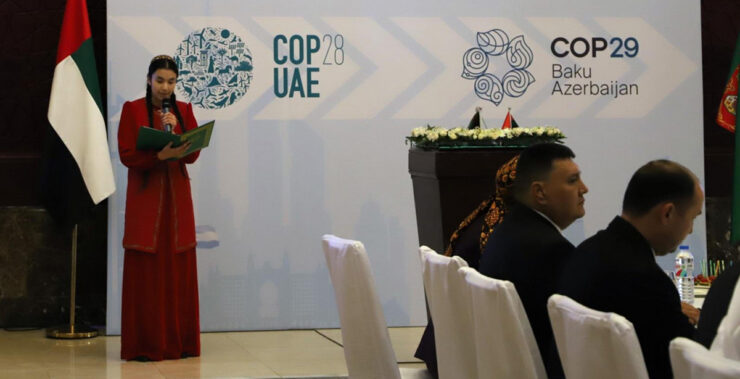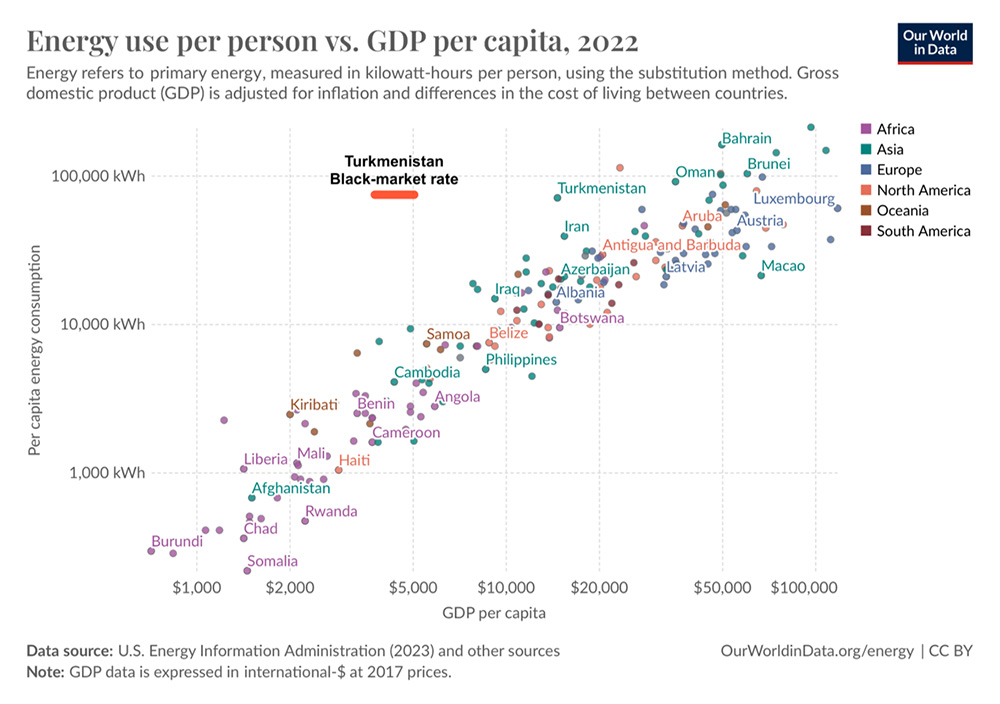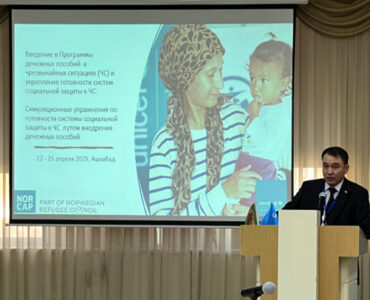The 2024 United Nations Climate Change Conference (COP29) is set to take place in November 11-22 in Baku, Azerbaijan. This annual international gathering brings together representatives from nearly 200 countries, as well as observer organizations from various sectors.
Attendees at COP29 will comprise government representatives (Parties) and non-party observer organizations, such as non-governmental organizations, civil society groups, private sector companies, financial institutions, subnational authorities, and local communities. The conference aims to facilitate discussions and collective action on addressing the global issue of climate change with a focus on mitigating its impacts, implementing the Paris Agreement, and promoting sustainable development. The delegation of Turkmenistan will likely be headed by Deputy Minister of Environmental Protection of Turkmenistan Nury Jumashov, who participated in the Bonn Climate Change Conference in June this year.
Below we have developed an overview of Turkmenistan’s current status in relation to climate change, its emissions mitigation actions and the current water consumption practices. We offer recommendations, primarily intended for policymakers, but also designed to inform the public about the reasoning behind much needed policies.
To delve deeper into the topics and explore the latest developments and data, we invite readers to click on the links provided which offer more in-depth information. Among the sources, we primarily refer to our analysis of Turkmenistan’s NDC and its national strategy on climate change.
- Turkmenistan’s primary energy supply still consists almost 100% of fossil fuels.
- Turkmenistan remains a top country in energy intensity of the economy (see graph below).
- Turkmenistan has developed practically zero renewable energy capacity.
- Turkmenistan does not have tangible targets for renewable energy integration.
- Electricity consumers in Turkmenistan continue experiencing regular power outages.
This graph shows that as a country’s economy grows, its energy use increases. Turkmenistan’s energy consumption per person is higher than would be predicted based on its economic growth, and this difference would be even greater if using the black-market exchange rate.
Where should we go?
Donate to support Turkmen analysts, researchers and writers to produce factual, constructive and progressive content in their efforts to educate the public of Turkmenistan.
SUPPORT OUR WORK- Centralize and publish detailed energy consumption data.
- Gradually decrease the subsidies on electricity, natural gas and gasoline to incentivize energy efficiency and change in consumer behavior and values.
- Set tangible renewable energy targets (i.e. X% of electricity generation) for enhanced accountability and to attract investments.
- Start installing renewable energy technologies, primarily solar PV and wind power (there is practically zero potential in bioenergy or hydropower). Harnessing the sun and wind will allow Turkmenistan to use less natural gas, produce less pollution and export the unused gas for additional revenue. Turkmenistan needs to start accumulating know-how on the intricacies of integrating renewables into the grid.
Methane and carbon dioxide emissions
- Turkmenistan remains a top country in carbon intensity of the economy (CO2/GDP). It produces a disproportionately large amount of carbon dioxide emissions relative to the size of its economy.
- Turkmenistan remains a top country in methane intensity of oil and gas industry, with a disproportionately large amount of methane released into the atmosphere compared to its overall oil and gas production levels.
- Turkmenistan has set targets only to reduce carbon intensity of the economy and not absolute greenhouse gas emissions. This approach focuses on making the economy more efficient in terms of emissions, but it does not necessarily lower the total volume of greenhouse gasses. If economic growth is high, overall emissions could still increase even as carbon intensity improves.
- PM2.5 concentration in Ashgabat is currently 2-3 times above the WHO recommended safe limit for air quality. These particles, often from vehicle emissions and industrial activities pose serious health risks, especially to the respiratory and cardiovascular systems.
Where should we go?
- Centralize and publish detailed national emissions data.
- Set long-term goals, measurable targets and policies to reduce absolute greenhouse gas emissions and allocate funding to support them.
- Stop “discussing possibilities” and implement the national greenhouse gas emissions inventory already.
- Turkmenistan remains a top country in water consumption per person and bottom 5 in water productivity (GDP/m3), meaning it generates less economic value (GDP) per cubic meter of water used.
- Over 94% of the water is consumed in the agricultural sector, primarily cotton production – one of the most thirsty plants.
- Turkmenistan is facing “extremely high” levels of water stress in the world which will probably get even worse with the completion of Qosh Tepa Canal in Afghanistan.
Where should we go?
- Restructure the water allocation policy to incentivize water conservation by the farmers.
- Subsidize the investment and encourage the switch to more efficient irrigation methods, like drip irrigation or center-pivot irrigation.
Turkmenistan should focus on energy, emissions, and water consumption because these areas are critical to addressing the country’s urgent climate change challenges. As the most energy-intensive economy in the world, Turkmenistan’s heavy reliance on fossil fuels and inefficient energy consumption patterns contribute significantly to its high carbon intensity and methane emissions.
The country’s water scarcity and inefficient agricultural practices exacerbate its water stress. By prioritizing these areas, Turkmenistan can achieve significant reductions in greenhouse gas emissions, improve energy efficiency and conserve water resources, ultimately protecting the health and well-being of its citizens, promoting economic growth, and contributing to global climate change mitigation efforts.







